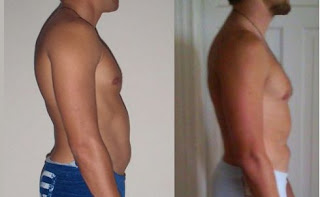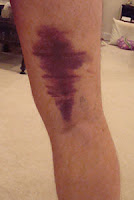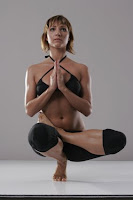Low back pain, hip pain, butt pain, sciatica–these are all conditions that can occur as a result of a tight piriformis muscle. But it doesn’t stop there. Gait abnormalities, hip bursitis and knee pain can also result as secondary disorders related to a tight piriformis muscle.
Stretching a tight piriformis is imperative to prevent these conditions from plaguing you. And if you’ve already got some of these problems, after you see your friendly neighborhood sports chiropractor, you’ll probably need to stretch your piriformis to bring length to the muscle and help open your hips sufficiently.
In the video, I demonstrate three excellent stretches (really two, with one version having two variants). Start with the first one–lying on your back–if you are very tight OR you could even do that same stretch while sitting in a chair (although I don’t demonstrate that version in the video). You can try the other two variants if you have a little more flexibility.
Play with all three to see where you currently are, and then work at that level for two to three weeks. Once you’ve mastered your current level, you can move on to the next. Have fun and happy stretching.






















